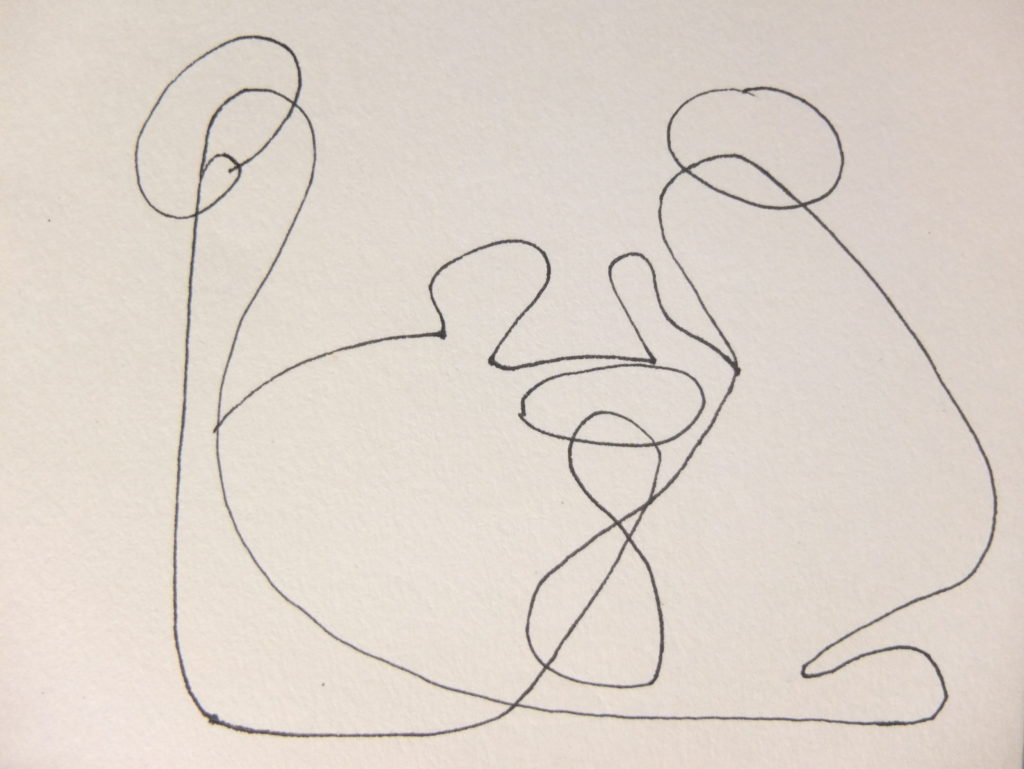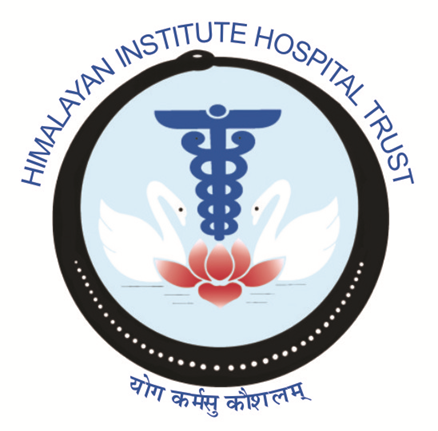In September 2012 we visited Bihar to see a unique mini skill model for Mother and Newborn care in the far-flung rural areas. This was a strengthening of Government structure through the support of national and bilateral agencies : ILFS, CARE India, BMGF and BBC/Bloomberg.

ILFS took care of training of ASHAs (along with impact measurement etc); CARE took care of skill and mini skill model, mobile training units to enhance skills at public utilities, BBC/Bloomberg took care of communications etc. Focus of all groups was on enhancing quality within the framework of NRHM.
We made a visit to Khagaria district of Bihar. International Union for TB head Mr. Wilson and Suborto Mohanty were also there at the field to check pulse of program in the ground. Dr. Sanjeev Diofode who was part of Integrated Family Health Initiative from CARE explained the whole model. The overall goal was improving quality with NRHM program. They were activating existing committees (ensuring that each one sees the bigger picture), joint monitoring (CHC Incharge, regular visits), model labour room, skill building of ANMs through mobile MSc trainers, collaborating with partners.
Now, 12 years later, it was a joy meeting with few doctors from there, to know that the model is continuing in all its strength. The District Magistrate still oversees the committees, UNICEF and WHO are assisting the government setup, the periphery doctors undergo through training before taking on their field duties. The difference that has come about is there was well laid out roads enabling mobility for the pregnant mother and the newborn. The care at the periphery is thorough and goes beyond reproductive health, the doctor I spoke to was able to save more than 150 children from just snake bites (which are a regular feature in these rural areas).
The only reason for putting up this post is, we get regular negative news, but these are success stories of silent changes in the peripheries with the efforts of all.
